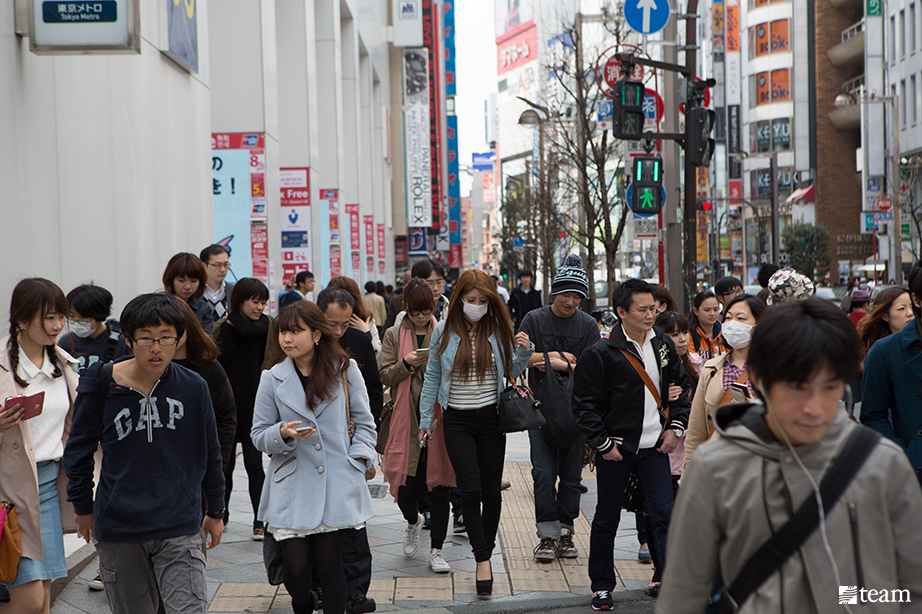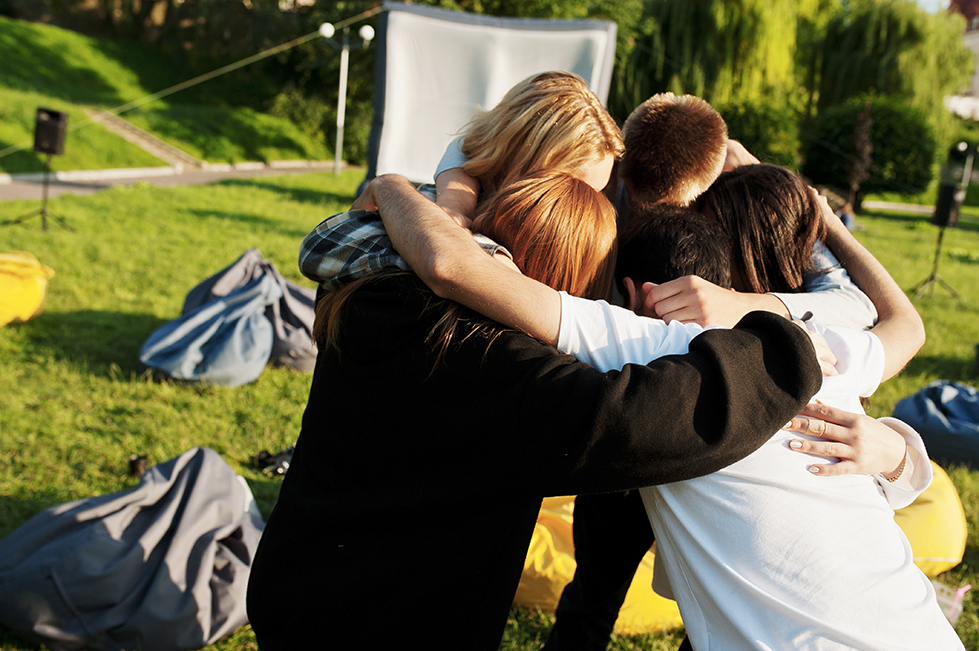
Ministry Updates
What is Human Trafficking? A No-Hype, Honest Definition
June 11, 2014
by Interactive Supply

No two victims of sex trafficking have the same story. But many stories sound a lot like Sarah’s: a big dream and a wrong turn.
A nursing student in Africa with six siblings, Sarah wanted to continue her nurse’s training in Europe. Her stepfather told her about a recruiter who would connect her with work at shops in Europe — exactly where, it’s unclear — to help her pay for her studies.
The door for her dream opportunity was swinging wide open, or so she thought. Then she found herself locked in a house with ten other girls, the start of a terrifying journey to a brothel in Austria by way of Libya. Her stepfather, it turned out, had been paid to hand her over to a sex trafficker.
The heartbreak of stories like Sarah’s angers us (or it should) and compels us to do something. The challenge is sifting through the hype and figuring out what exactly can be done for the estimated 30 million people who are trapped in modern-day slavery of some kind. And the solution, unfortunately, is far more complex then many of us realize.
Any attempt to sum up the problem of human trafficking in just a few paragraphs is bound to oversimplify, this one included. With that disclaimer, here’s a brief back-to-basics review of what exactly trafficking in persons is and how we can combat it.
What is human trafficking?
Trafficking in persons, or “human trafficking,” is a broad term. The international community mostly understands it to mean recruiting, harboring, transporting, providing, or obtaining a person for labor or commercial sex acts through force, fraud or coercion.
When deciding if an activity rises to the level of trafficking, authorities examine three areas: action, means, and purpose. In other words, they ask, “What did these suspected bad guys do?” Did they recruit, harbor, sell, or “traffic” in human beings in some other way? Then they ask, “How did they do it?” Was it deceptive, forceful, fraudulent? Finally, they ask, “Why did they do it?” Was it for sexual commerce or other labor?
In the United States, if the trafficked person is a minor, then authorities don’t even look into the “how” of the suspected crime, according to Dr. Sandie Morgan, director of Vanguard University’s Global Center for Women and Justice. When someone trades in children for labor or sex services, even if it’s not fraudulent or forceful, it’s automatically considered human trafficking.
Good definition. But isn’t that kind of obvious?
“Human trafficking” might seem self-explanatory. But the definition is important because it means that many nefarious activities are not technically trafficking and may not even be against the law. In countries where prostitution is legal, for example, an immigrant working on the streets may not necessarily have been trafficked. For Christians or any nonprofit seeking grants or donor funding, it’s essential to be accurate about what trafficking is and isn’t.
What is labor trafficking?
Sex trafficking is a great evil and understandably gets a lot of press. But globally, victims of labor trafficking — exploiting people for less sensational work like picking cotton — may actually outnumber victims of sex trafficking, by some estimates as much as three-to-one.
In the United States, however, 80 percent of prosecuted trafficking cases are for sex trafficking, according to Morgan, who recently spoke to a group of journalists and TEAM staff at a trafficking seminar in Los Angeles. That doesn’t necessarily reflect a larger presence of sex traffickers in the States but could reflect a lack of attention to other types of labor trafficking. “We find what we are looking for,” she said.
What can we do?
Human trafficking is combated in three main ways: prosecution, protection, and prevention. While the image of rogue missionaries kicking in doors or going undercover in the slums of Bangkok may be inspiring, the reality is that this “3P” strategy is increasingly being pursued through partnerships with governments and other nonprofits. Solving big-time problems involves big-time cooperation.
1. Prosecution
Prosecuting the bad guys that perpetuate human trafficking is probably the most satisfying strategy because it feels good to lock up the criminals. It is also by far the most expensive approach in terms of “cost per victory.” Prosecution is most effectively done by trained legal and criminal justice professionals, within the local judicial systems of wherever bad guys are caught.
2. Protection
Protection is probably what most North Americans imagine when they think of combating trafficking. It encompasses rescuing victims, rehabilitating them, and reintegrating them into society. This is where TEAM’s ministries are involved, whether in Italy or Austria. It is also an area where many Christian missions organizations are uniquely suited to serve, particularly the “rehabilitation” and “reintegration” parts, because of their highly relational nature — though make no mistake, journeying with someone through the healing process is long, hard, and skillful work. The role of “rescue” gets tricky and more technical and, as with prosecution, should really be left to trained criminal justice professionals.
3. Prevention
At its core, however, human trafficking is an economic problem. Global consumers, including you and me, demand the cheap goods that trafficked labor produces. Experts agree that the best way to fight trafficking is to reduce the demand for illicit labor. This is all part of the prevention strategy. Prevention includes public awareness campaigns and efforts to reform laws to make trafficking more difficult, one of many areas where groups like International Justice Mission have recently upped their focus.
But prevention also includes being aware of goods we buy and who had a hand in making them. Most people know about the seedy side of the textile industry and the diamond trade. But did you know about the forced labor involved in the electronics, sugar and peanut industries? Perhaps the biggest impact any of us can have on stopping labor trafficking is educating ourselves about who makes the goods we buy and how they’re made. When labor crimes are involved, we can refuse to purchase those products and let companies know that customers care about integrity in their supply chains.
We live in an exciting era of unprecedented awareness of the horrors of modern-day slavery and a God-honoring desire to end it. The church has a vital role to play in that fight. When we invest in really understanding the problem, we get closer to finding our part in the solution.

